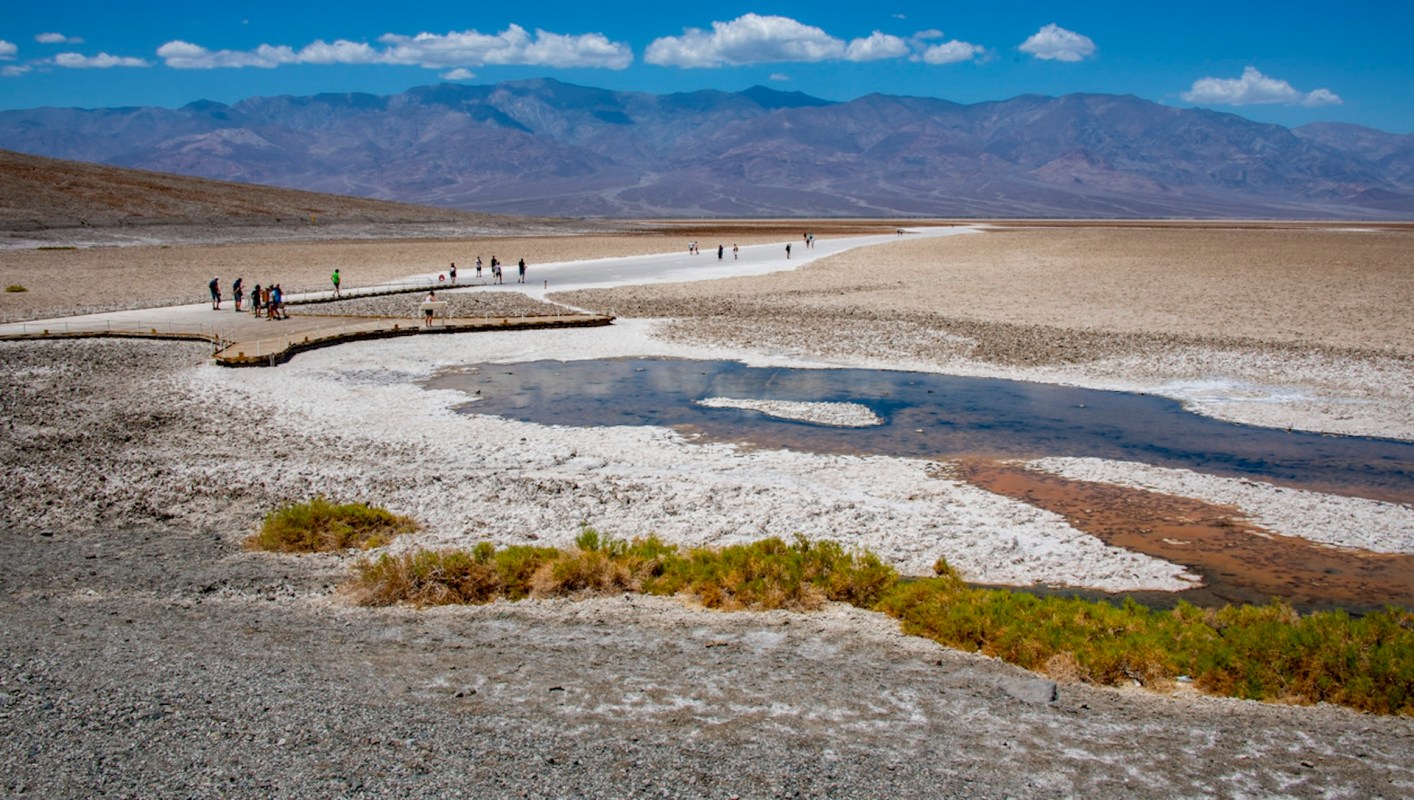Heavy precipitation from Hurricane Hilary led to the reemergence of a famed ancient lake in Southern California last year, and officials are blown away by how long the lake has persisted.
Park ranger Abby Wines explained to ABC News last month that the legendary Badwater Basin at Death Valley National Park began filling up with water when the tropical storm brought several rounds of extreme rain to the area. The area has seen more precipitation after Hilary and the lake has yet to evaporate, remaining in place much longer than initially expected with no timetable for when it will be gone.
Death Valley is the driest place in North America, typically seeing just two inches of rain per year, and that amount was exceeded in a single day on Aug. 20. ABC News noted that records show nearly five inches of rain came to the region within the past six months.
At a full 282 feet below sea level, Badwater Basin is at the lowest elevation in North America. The basin is devoid of obvious life and endorheic, meaning that water only flows into it and not out of it.
The last time the lake filled up was 2005, but Wines said it only took a week after it formed to dry up and hadn't formed again for nearly 18 years because of the evaporation rate in the desert. Satellite images showed the lake went from having no water on July 5 to being flooded with water from August through February. (You can see those images from NASA here).
"You might think with no drain to the sea, that Death Valley would always have a lake," Wines said. "But this is an extremely rare event. Normally the amount of water flowing in is much less than the evaporation rate."
At 6 miles long, 3 miles wide and 1 foot deep, the lake is deep enough to kayak in, which Wines called a "rare opportunity." Visitors to the park enjoyed the beautiful reflections of the surrounding mountain peaks in the water in the basin.
Similarly, Hurricane Hilary raised the level of Lake Mead to its highest point in 2023. Lake conservation is crucial for maintaining biodiversity, preserving food and water supplies, and combating the effects of our planet's overheating. For example, Mono Lake in California was restored from the brink of destruction because of water being diverted to Los Angeles and now has a thriving, unique ecosystem and serves as a beacon of hope for other conservation efforts.
Join our free newsletter for cool news and cool tips that make it easy to help yourself while helping the planet.









